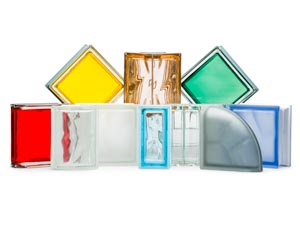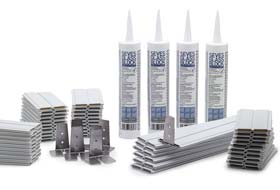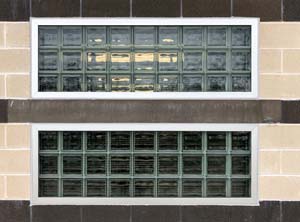Understanding the Different Sizes of Glass Block
Metric vs. Imperial — and How to Choose the Right Size for Your Project
Glass blocks are not just for design. They are useful building parts that affect light, strength, and overall look. One of the first choices you’ll face when planning a glass block installation is size. From compact accent pieces to large-format blocks, every dimension serves a purpose.
Let's look at the different sizes of glass blocks. We will discuss the difference between metric and imperial sizes. Finally, we will see how to choose the right block for your project.
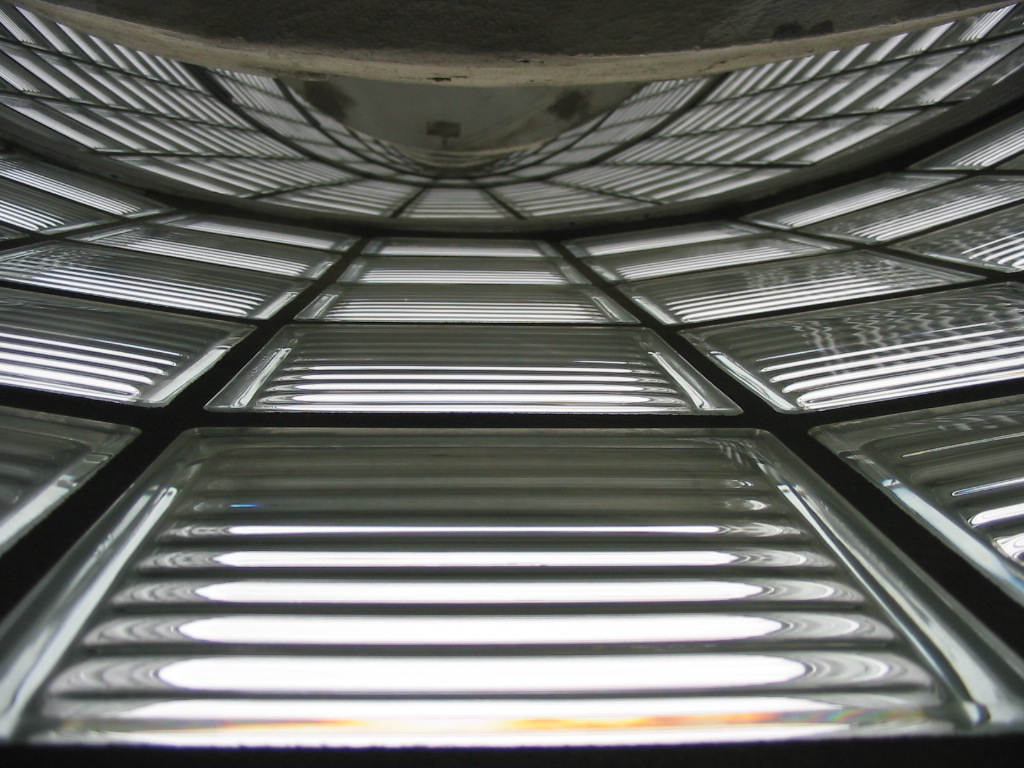
Metric vs. Imperial — and How to Choose the Right Size for Your Project
Glass blocks are not just for design. They are useful building parts that affect light, strength, and overall look. One of the first choices you’ll face when planning a glass block installation is size. From compact accent pieces to large-format blocks, every dimension serves a purpose.
Let's look at the different sizes of glass blocks. We will discuss the difference between metric and imperial sizes. Finally, we will see how to choose the right block for your project.
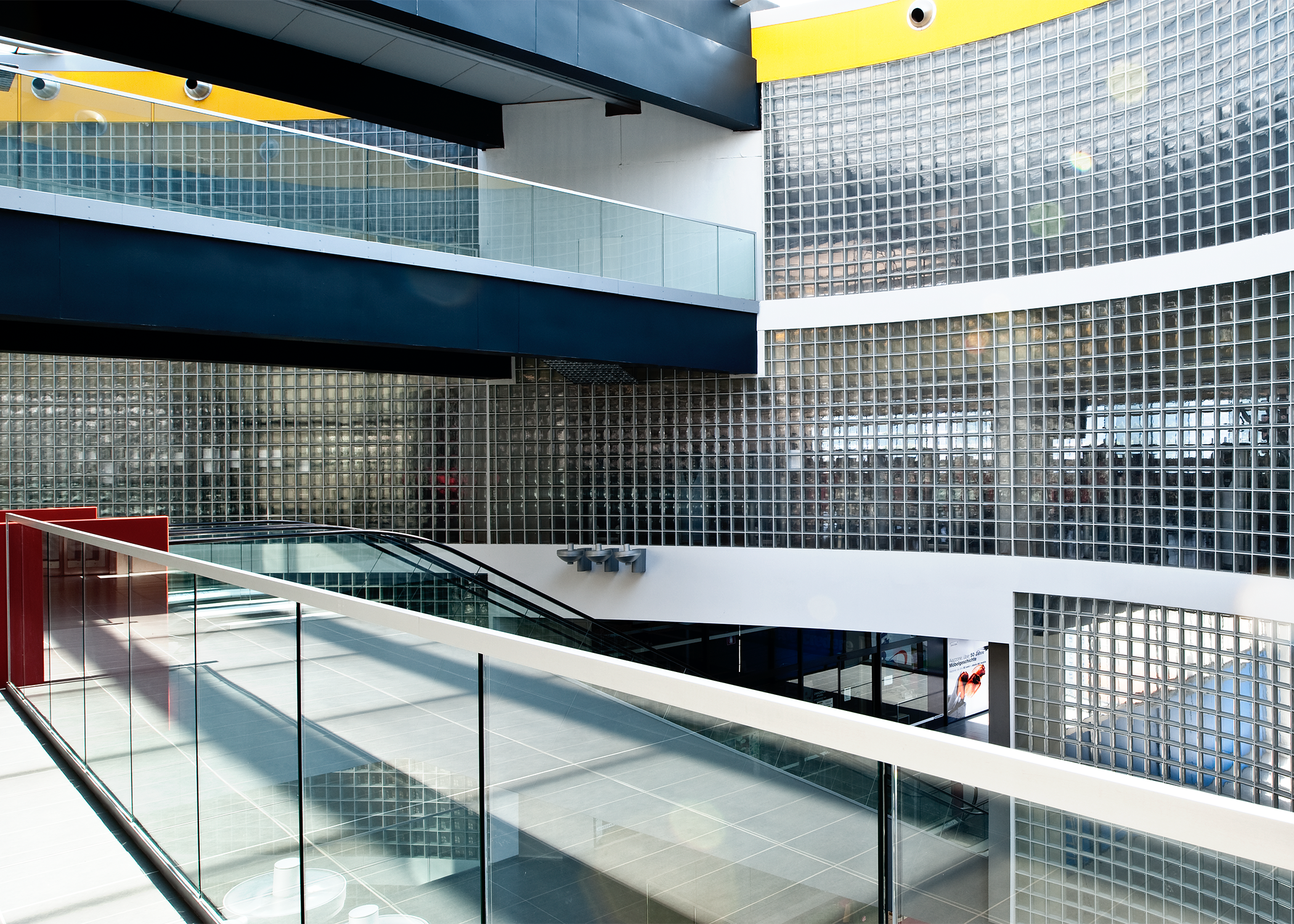
Metric vs. Imperial: What’s the Difference?
Glass blocks are produced in two main measurement systems:
- Imperial sizes — measured in inches (common in the U.S.A.)
- Metric sizes — measured in millimeters (common internationally)
While the dimensions are similar, it’s important to stay consistent. Mixing systems can complicate layout, joint spacing, and frame fit.
Common Imperial Sizes
Imperial glass blocks are designed to integrate easily into U.S. construction standards. Typical face sizes include:
- 4" x 8" – Slim and modern, often used in accent bands or smaller windows
- 6" x 6" or 6" x 8" – Ideal for windows
- 8" x 8" – Great size for bathroom walls and interior partitions
- 12" x 12" – Large-format blocks that minimize joint lines and create a clean, open look
Imperial blocks typically come in thicknesses like 3" (Thinline) or 4" (Premiere), allowing flexibility for both lightweight interior applications and more durable exterior walls.

Common Metric Sizes
Metric glass blocks, popular in European and international architecture, are typically listed in millimeters. Standard sizes include:
- 190 x 190 x 80 mm – A versatile size for interior and exterior walls
- 190 x 190 x 100 mm – Thicker for added strength and insulation
- 240 x 240 x 80 mm – Larger format blocks that offer fewer joints and a sleek visual flow
Manufacturers often label metric blocks with shorthand like “1919/8” or “1919/10.” The first two numbers show the face size in centimeters. The last number indicates the thickness.
Larger Blocks
✔ Fewer joints and a cleaner, modern look
✔ Faster installation with fewer units
✔ Ideal for exterior walls or large open spaces
Smaller Blocks
✔ Easier to handle and lighter in weight
✔ Great for intricate or curved designs
✔ Perfect for smaller areas like bathrooms or stairwells
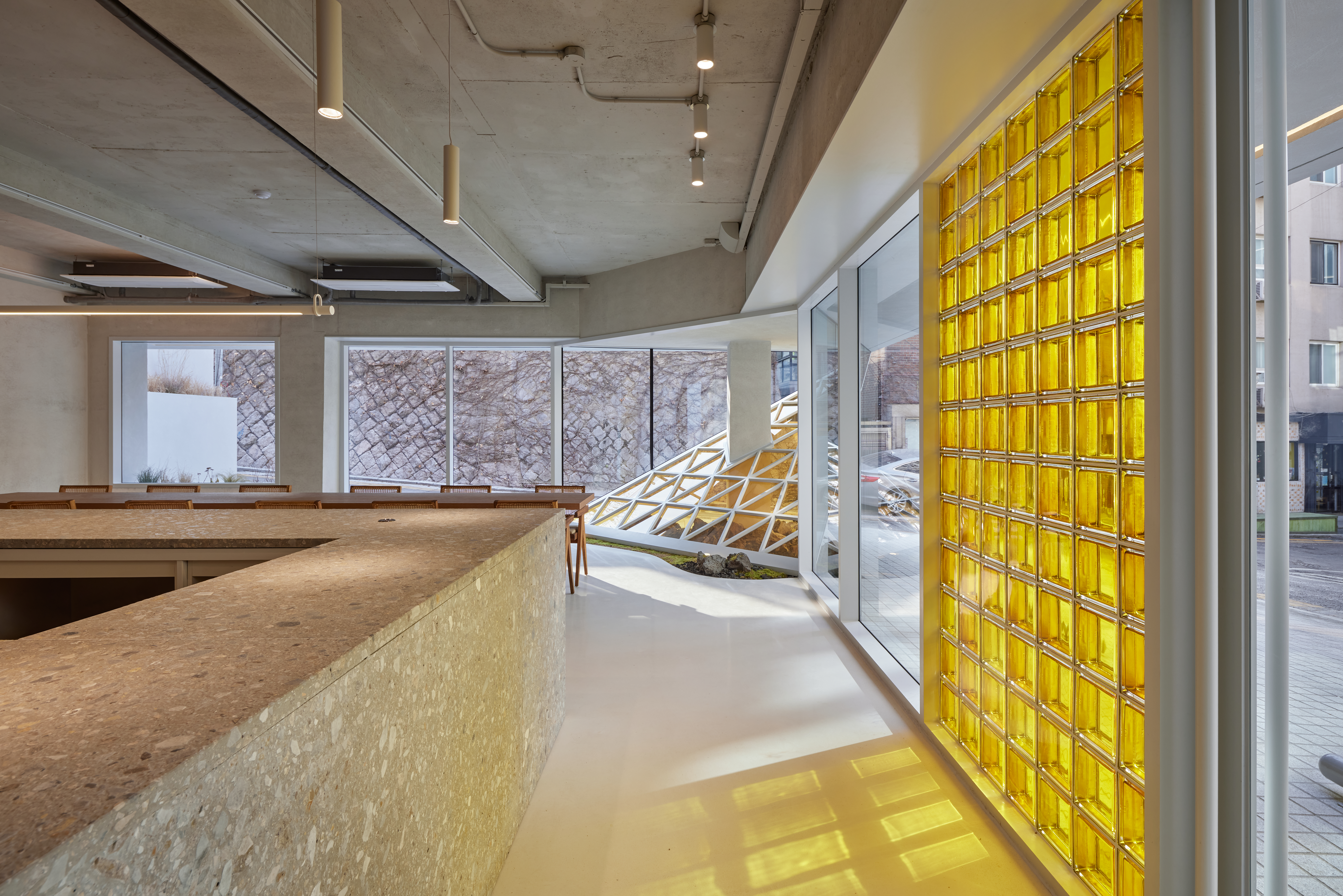
Choosing Between Metric and Imperial
If you are working on a project in the U.S., use imperial sizes. They match standard framing and window sizes better.
For international projects or when matching European designs, metric blocks are usually the best fit. Both systems offer similar performance — it really comes down to local standards, availability, and aesthetic preference.
Final Thoughts
The size of your glass block affects more than just how it looks. It impacts how your wall works, how much light it lets in, and how easily it installs.
Seves offers many sizes for different projects. You can use them for a private shower wall.
They are also great for a bright lobby partition. Additionally, they work well for a bold exterior. They offer both metric and imperial options to fit your project perfectly.
Explore all available sizes here:
Light, strength, and design — sized just right.
